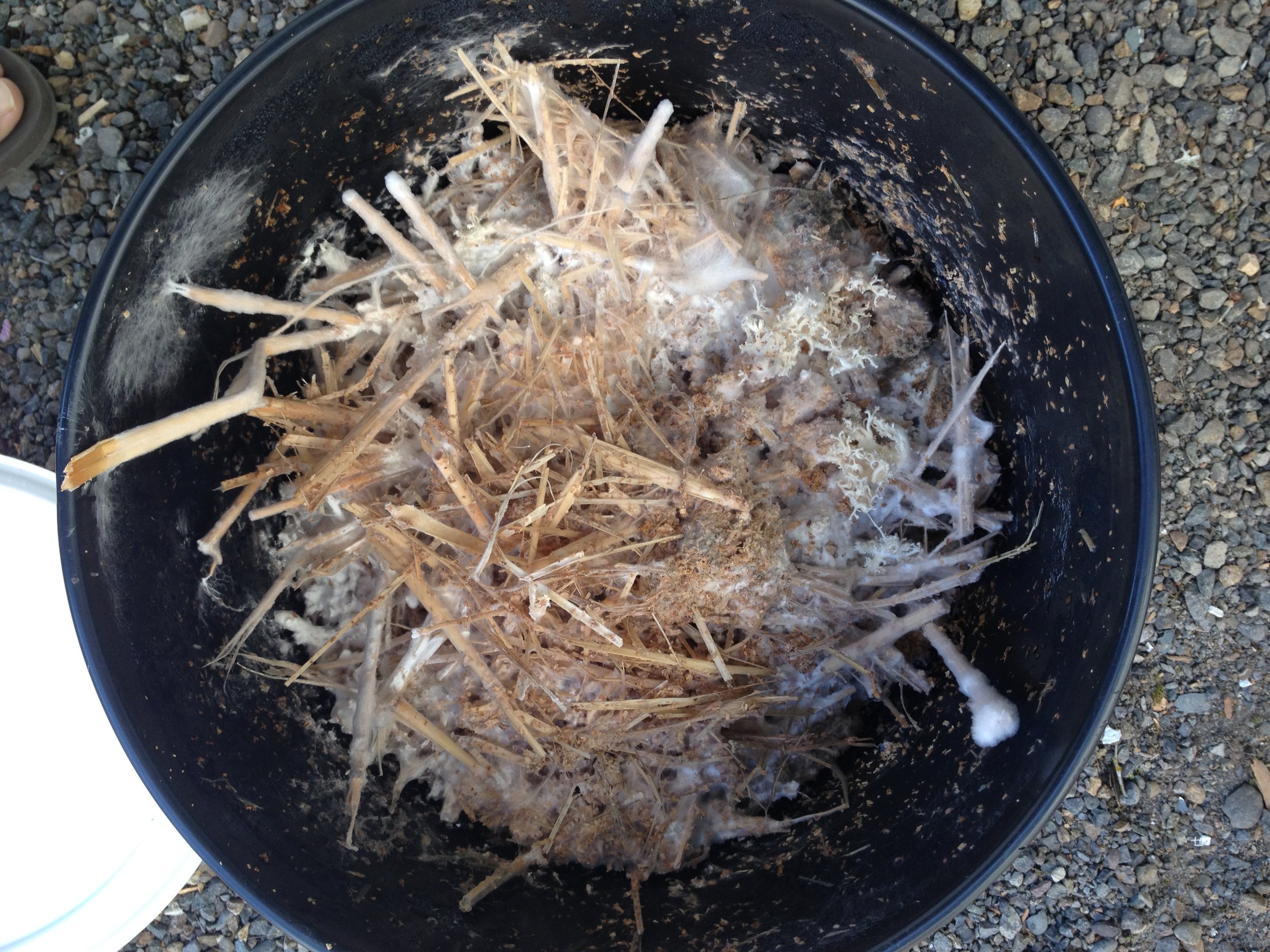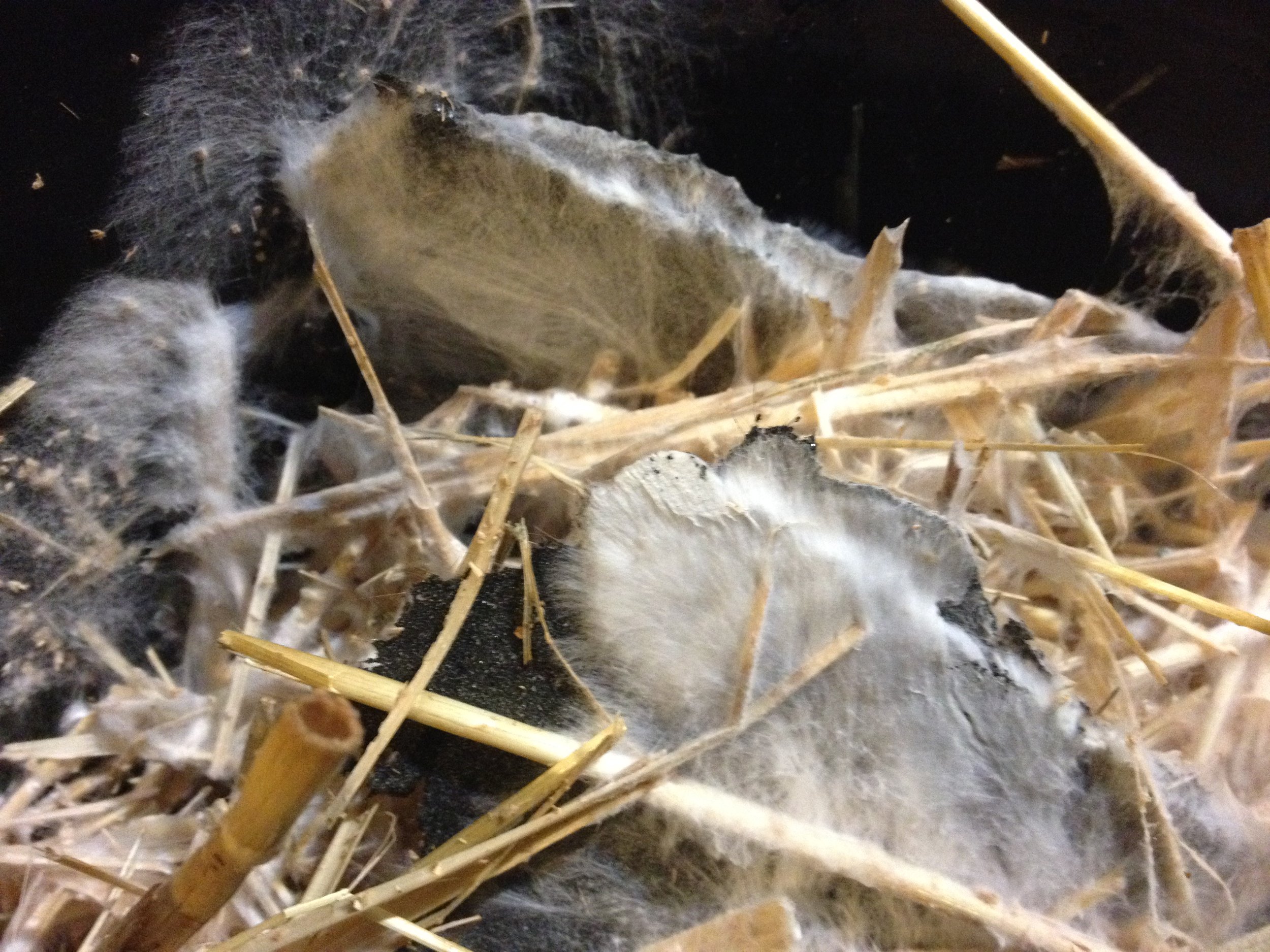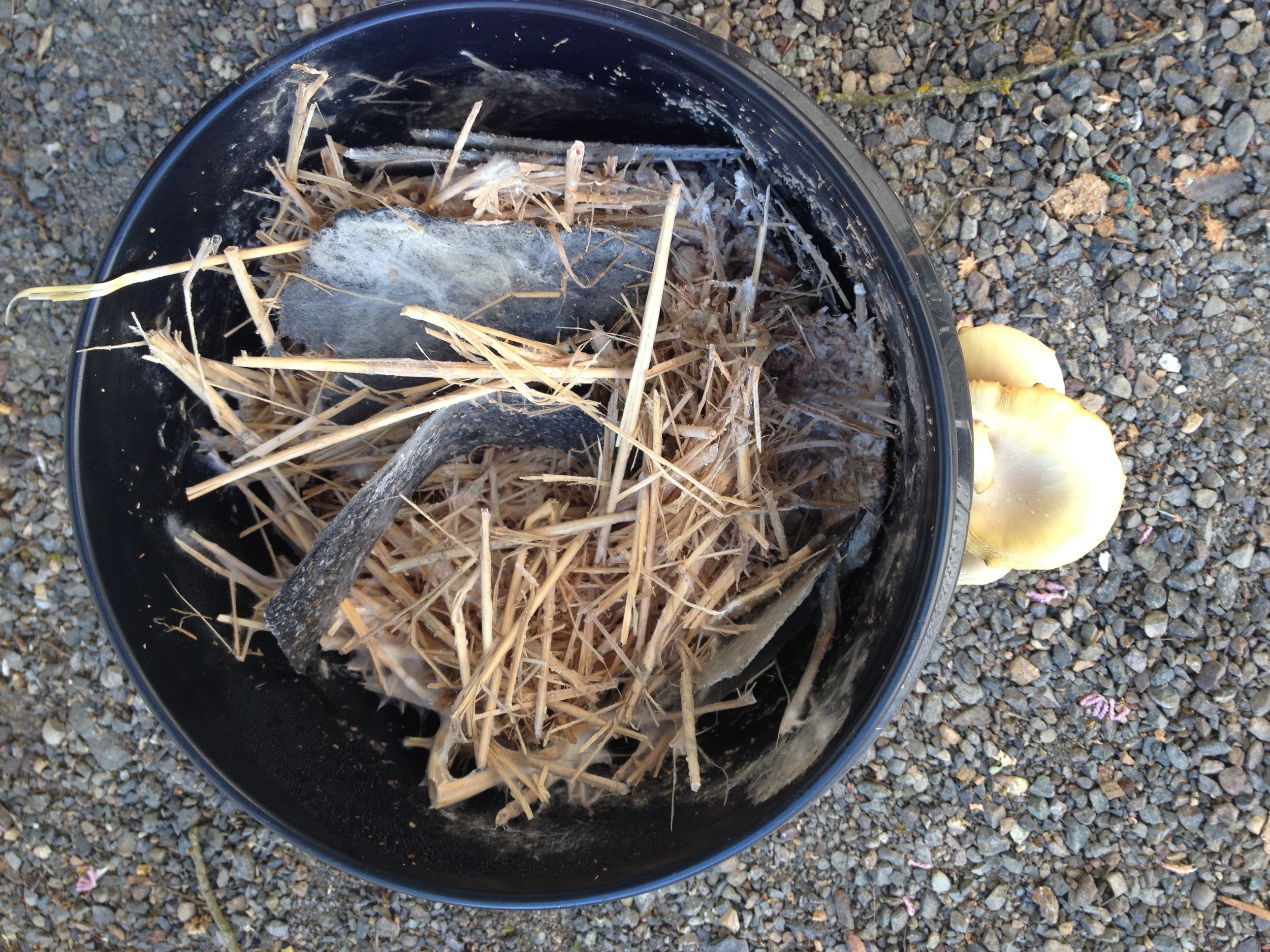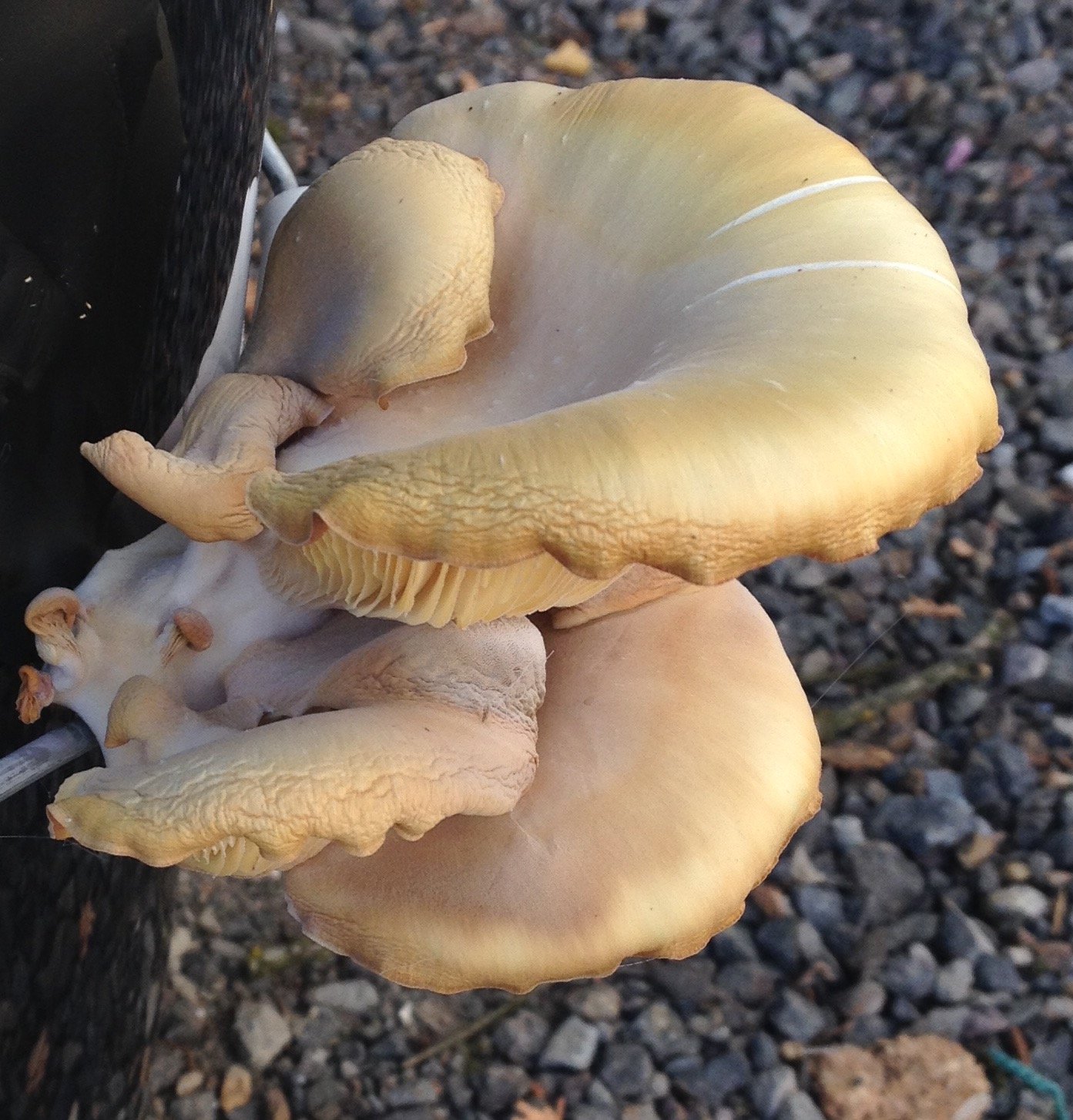MycoRecycle: BioRemediation in Roofing
By Elizabeth Morris
Roofing Waste is a Real Problem
Roofing waste is one of the worst offenders for taking up landfill space. There are millions of tons of roofing waste dumped or incinerated annually, with limited options for recycling. Roofing waste is one of the top four construction and demolition waste materials landfilled, according to the EPA. There are more than 27 million tons dumped each year, enough to build a pile you could see from space. Some common roofing materials contain heavy metals and other toxic components.
There are programs for residential roof recycling, like shingle grinding into pavement, and upcycling of some single-ply like EPDM. And metal roofing is often nearly 100% recycled and recyclable. But there are no widely available programs for recycling low-sloped asphalt-based roofing systems, which is currently one of the most commonly used on commercial buildings. Over the next decades, millions of tons of roofing installed throughout North America will be torn-off and dumped, with minimal options for landfill diversion.
There are Solutions
There is plenty of research, however, including my own shown here, that environmentally toxic materials with similar chemical make-up to roofing waste can be neutralized through natural means. Biological processes appearing in nature have significant value in breaking down or otherwise sequestering some of the most toxic environmental pollutants.
Bioremediation is a natural technology for cleaning pollution using the metabolic processes of various organisms, and has a smaller environmental footprint than dumping, incinerating or recycling. This bio-based solution applies to roofing waste but has until now been undeveloped, likely due to the highly interdisciplinary nature of the concept, and the lack of wider understanding of the sheer volume of toxic roofing waste filling up our landfills.
MycoRecycle (aka MushRoof)
As I’ve learned over two decades of tinkering around with bioremediation, mushrooms and roofing waste, going all the way back to my college thesis “Arguing for Phytoremediation,” there are certain widely available mushrooms that thrive on asphalt waste, happily spreading their mycelium across the material and digesting it into a rich carbon-based compost from which heavy metals can be sequestered, and other toxins neutralized. Additionally, the foam-like mushroom bodies can be molded into shapes that can be used to replace highly-polluting foam packaging. These closed-cell mushrooms are extremely heat resistant and have high R-value - this unique combination shows promise for use in roofing insulation. From the roof—back to the roof!
Try This At Home!
First, watch this video of my hero, Paul Stamets, to get appropriately inspired on what is possible (If you don’t have time for the whole 18 minutes, skip to 8:00 minutes).
Choose the test area - in buckets, bins, a pit in the backyard or over in-situ ground pollution.
Sterilize one of the following growth substrates by saturating in a hydrogen peroxide solution:
Post-industrial sawdust obtained from lumber industry waste
Post-consumer paper and cardboard products in recycling back-hold
Straw from agricultural production
Or try something else, preferably material diverted from the landfill
Grind up your roofing waste material into pieces less than 1cm x 1cm. Fungi tend to thrive more on asphalt-based waste, but the real challenge is to compost plastic and pvc-based roofing.
Test the ground up material for heavy metals, phthalates, polycyclic aromatic hydrocarbons, etc.
Mix the waste material into at least 2 feet of the sterile growth substrate.
Make sure there is air ventilation throughout the substrate to avoid an anaerobic environment (drill holes in buckets or bins, stir larger areas of material every few days).
Cover the mixture in spores or fruiting bodies of one or any combination of the mushrooms listed below and water well. They all have their own personalities and preferences on food and climate.
Pearl Oyster
Phoenix Oyster
Turkey Tail
Shiitake
Reishi
King Stropharia
Pink Oyster
Elm Oyster
Enoki
Maitake
King Oyster
Shaggy Man
Keep it in a dark, cool place for at least a few months but check it weekly to maintain consistent moisture and air flow.
There’s no one-size fits all formula, so do what feels right and please let me know how it goes!
Contact me if you would like more info on my Patent Application No. 62/655,276




